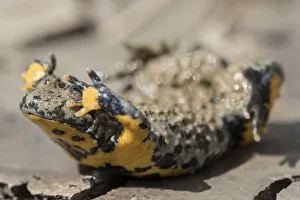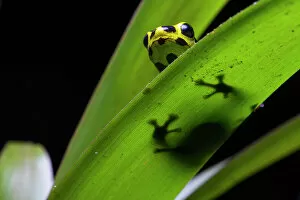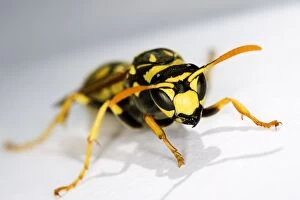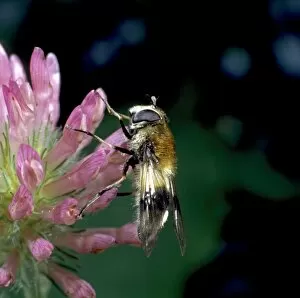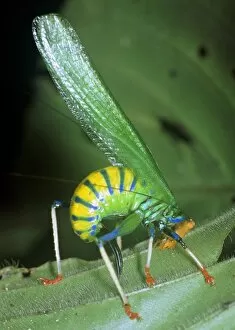Aposematism Collection
"Aposematism: Nature's Colorful Warning Signs" In the enchanting rainforests of Costa Rica, a Granular poison frog (Oophaga granulifera) rests on a leaf at night
All Professionally Made to Order for Quick Shipping
"Aposematism: Nature's Colorful Warning Signs" In the enchanting rainforests of Costa Rica, a Granular poison frog (Oophaga granulifera) rests on a leaf at night. Its vibrant hues serve as an unmistakable warning to predators - stay away. Meanwhile, in the lush landscapes of Peru, a Blessed poison frog (Ranitomeya benedicta) proudly carries tadpoles on its back, carefully transporting them to water. This fearless father displays his striking colors as a bold statement against potential threats. Not far away, an Imitating poison frog (Ranitomeya imitator) finds solace on a leaf in Tarapoto. With its cropped image showcasing intricate patterns and vivid shades, this tiny amphibian mimics the appearance of toxic species for protection. Venturing beyond the realm of frogs, we encounter a Yellow-bellied toad (Bombina variegata) assuming a defensive posture that reveals its warning colors. This brave creature boldly announces its unpalatability through vibrant markings and stands tall against any potential adversaries. Diving into the depths of Papua New Guinea's Coral Sea, we witness the majestic Lionfish (Pterois volitans). Patrolling Suzie's Bommie reef near Lololata Island Resort with grace and elegance, this venomous beauty flaunts flamboyant stripes as nature's way of saying "approach with caution. " Back on land in Europe’s woodlands resides Clytus arietis - the Wasp beetle. Sporting black and yellow bands reminiscent of its stinging namesake, it cleverly deters predators by capitalizing on their instinctual aversion towards wasps. Speaking of wasps themselves - these buzzing insects are notorious for their painful sting but also boast aposematic coloration that warns others to keep their distance while they go about pollinating flowers or scavenging for food.

